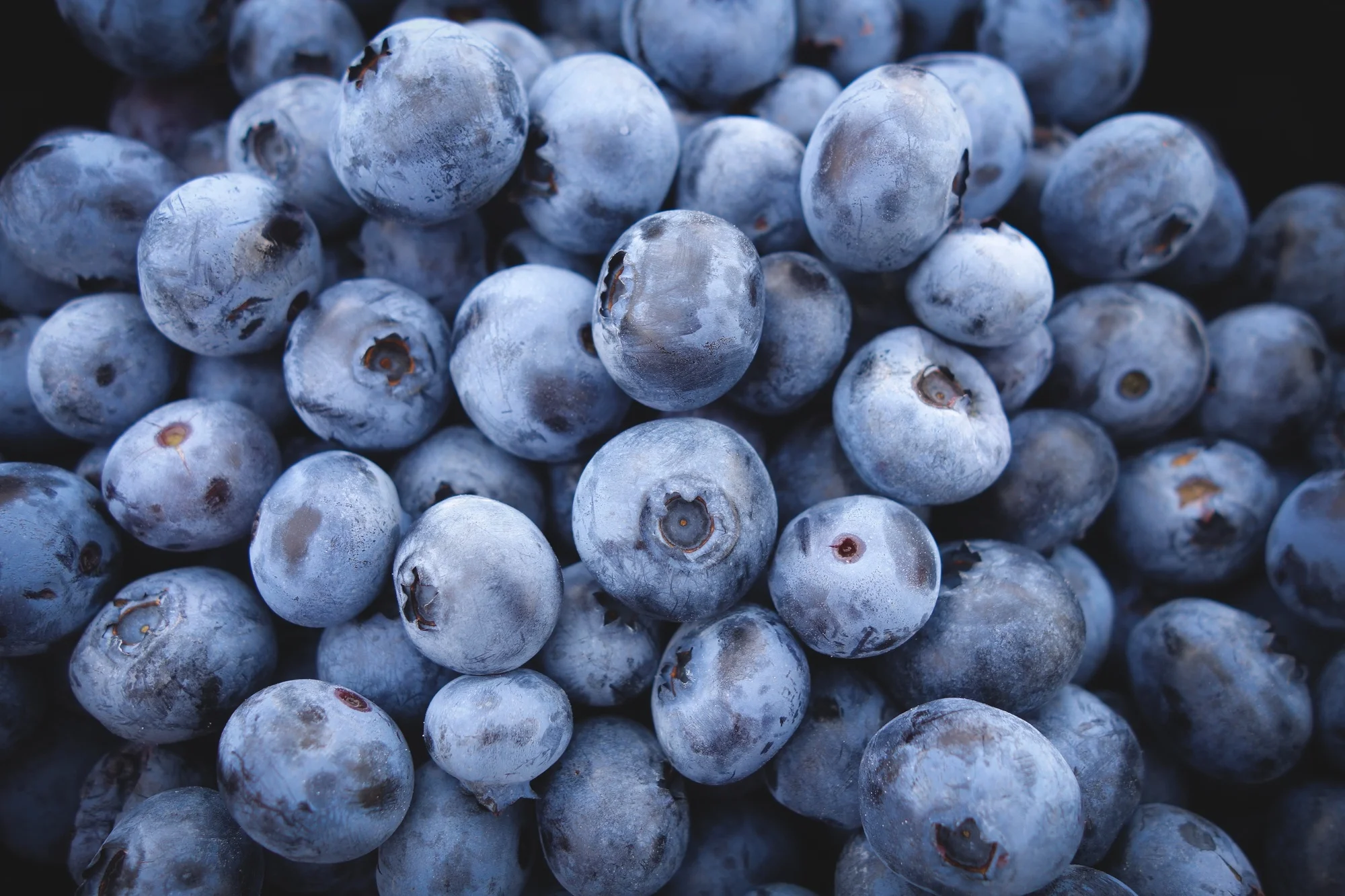What Makes Fats Saturated or Unsaturated Anyway?
/Saturated and unsaturated fats - these terms are thrown around constantly, but what are they really? Here at Nourished Bite our nutrition nerds are here to help. Once you're in the know it'll be easier to reach for the good stuff!
Fat is made up of triglycerides. Each triglyceride contains three chains of fatty acid. Fatty acid chains are carbons connected in a row with hydrogens coming off either side.
So what makes a fat "saturated"? A carbon can have up to two hydrogens connected to it. If a whole chain of carbons has hydrogen? Saturated! If a carbon or few is missing hydrogen you have monounsaturated or polyunsaturated fat.
What does this mean for you?
Saturated fats are loaded with hydrogens which causes them to be straight lines, which means they take up less space and pack in. That is why foods that contain them – say, the fat around your steak or butter, are solid. Some vegetable oils are solid because they are more saturated, such as cocoa butter and coconut oil. Eating foods high in saturated fats increase bad cholesterol (LDL), which can lead to heart disease.
Unsaturated fats are “unsaturated” with hydrogens. In order for everything to be stable and bonded correctly that means that a couple of bonds in the chain are paired up. These double bond makes a ‘kink’ in the tail. The kinks take up more space, which is why your olive oil, which is filled with unsaturated goodness, is liquid. The more unsaturated it is, the more liquid it is. Eating foods high in these healthy fats can increase your good cholesterol, which goes around your body and grabs the bad LDL cholesterol.
Any questions? What's your fav way to eat healthy fats? Let us know in the comments below!



